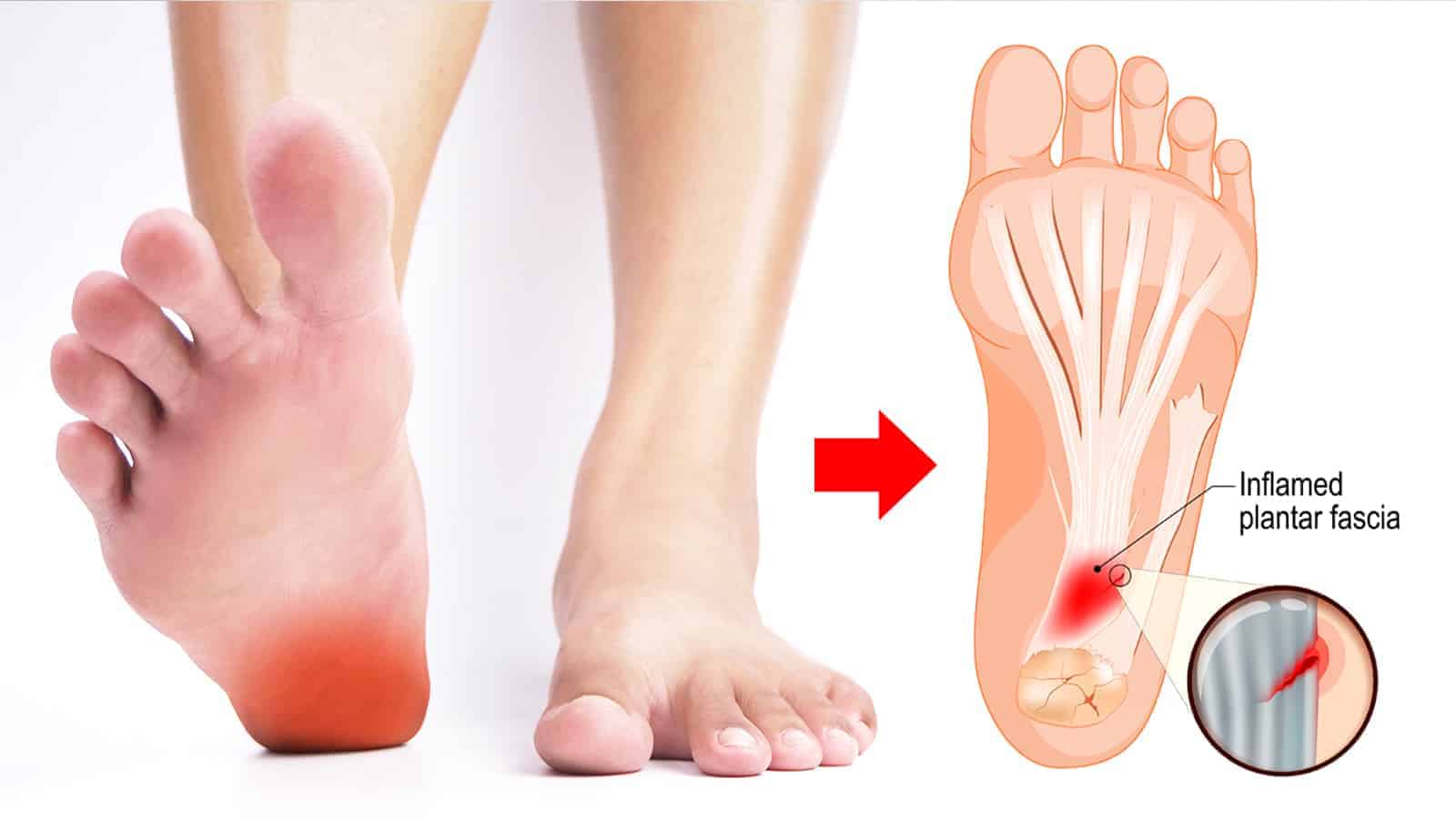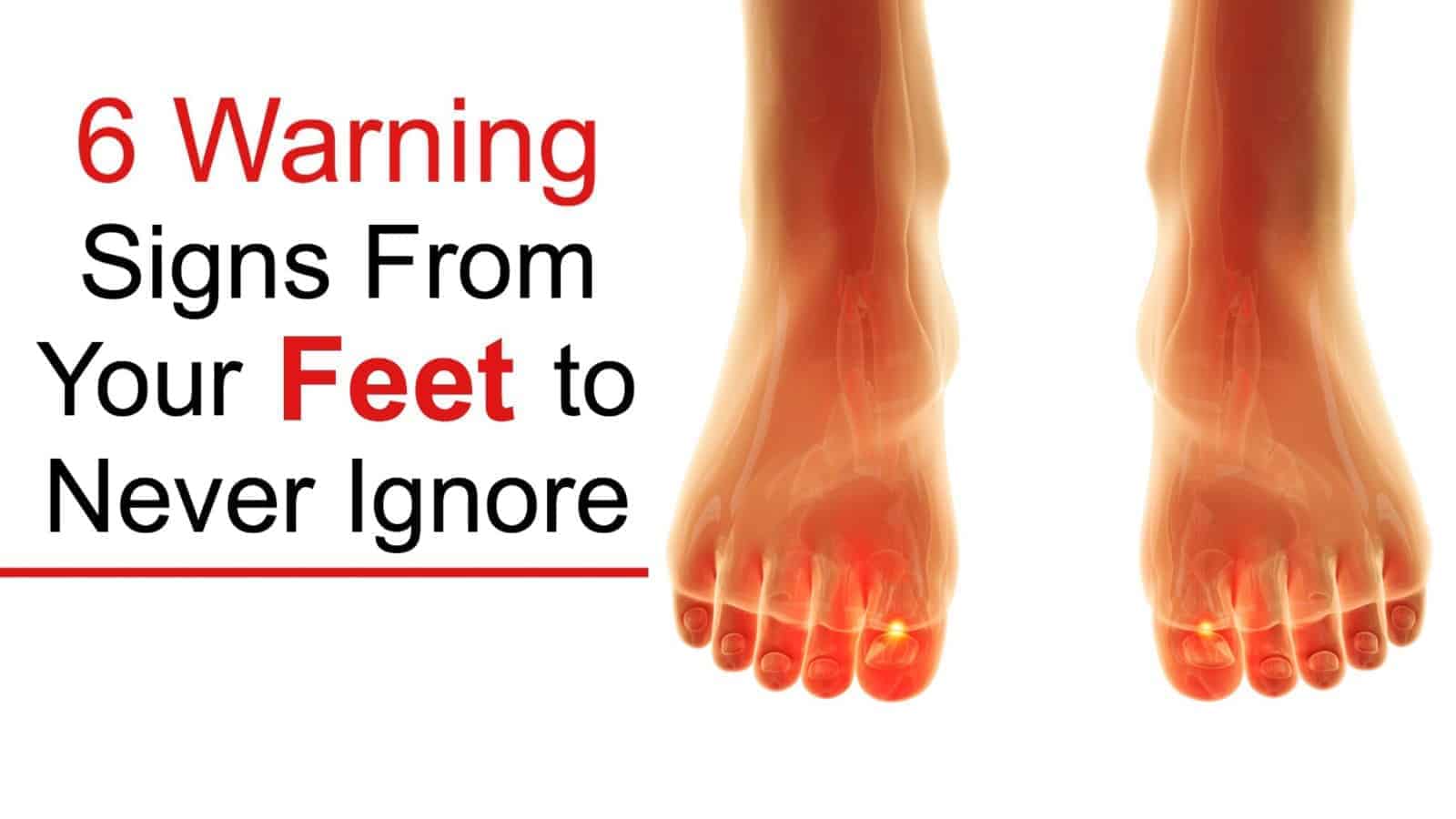Oh, the places your feet take you in this life. Without them, it would be impossible to live and thrive as you do. However, when heel pain sets in, you need plantar fasciitis stretches to keep you going.
Do you deal with chronic heel pain? According to American Family Physician or AAFP, about 10 percent of the American population suffers from this common ailment. It’s often observed in people who are on their feet a great deal, such as nurses and doctors.
Putting any pressure on the tendons in your feet can cause them to become inflamed and sore. If you like to walk barefoot, walk on your tiptoes, or go up and down stairs without shoes on, then you are at an increased risk of developing this medical issue. Additionally, those that are new to exercise and are starting any workouts may be more susceptible.
What Is Plantar Fasciitis?
 When it comes to the various types of heel pain, plantar fasciitis is among the most common. According to the Mayo Clinic, inside your foot is a thick band of tissue that starts at the bottom and runs to your toe, and it’s called the plantar fascia.
When it comes to the various types of heel pain, plantar fasciitis is among the most common. According to the Mayo Clinic, inside your foot is a thick band of tissue that starts at the bottom and runs to your toe, and it’s called the plantar fascia.
You must wear the proper shoes to provide the support your heels need, especially when you’re on your feet a lot.
Symptoms of Plantar Fasciitis
Those who have issues with this problem often feel the most significant pain upon arising in the morning. Those first few steps might be uncomfortable as this band has pressure on it.
As the day wears on, you will feel the pain intensify the more you are on your feet. If you sit for an extended period and then get up and try to walk, you will feel intense pain. Oddly enough, people report that they feel better after activity rather than being sedentary.
Causes and Risk Factors
This condition is prevalent among people who jog or run frequently. Additionally, when you have more weight on your body than you should, it also affects this band’s tension. Here are some other situations that make you at a higher risk of this issue:
•Being female
•Age between 45-60
•You have high arches
•You have flat feet
•Your heel cords or Achilles’ tendons are too tight
• You’ve got an unusual gait or foot position
•You wear high-heeled shoes
•You wear shoes with soles that are too thin
•Standing for extended periods at your job
•You wear shoes that don’t provide sufficient support
Diagnosing Heel Pain
When you go to your doctor with a complaint of heel pain, they usually know just by your symptoms the issue. However, they will usually do x-rays and a physical examination to ensure that their hunch is correct. It’s also essential to make sure nothing is broken so that the pain isn’t coming from something like a hairline fracture.
If you have any risk factors, you may try some plantar fasciitis stretches to see if it alleviates the pain. There are many treatment plans available, and it depends on the severity of your problem as to which method you choose.
Treating Plantar Fasciitis
There are many treatment options out there, but the most common tend to be icing the area to alleviate any inflammation. When that doesn’t work, then here are other options to consider.
•Cortisone Shots – Cortisone shots send steroids into the area to reduce inflammation.
•Arch Supports – Arch supports go into the shoe and help distribute your weight evenly, so there isn’t one area that feels the force of your body habitus more than others.
•NSAIDs – NSAIDs medications can be bought over-the-counter, or you can get them in stronger prescription strength. They are meant to be used for the short term, but they can provide quick relief to get you up and moving.
•Splints – These devices provide support to the calf and foot at night.
•Rest – If an activity aggravates the pain, then you should stop and rest the foot. Sometimes, physical activity makes the pain feel better.
•Supportive Shoes – Having support in this area is essential, so a shoe that has a thicker sole and extra cushioning makes walking and standing more comfortable.
•Physical therapy – Physical therapy is an excellent option for those who don’t want to use any medications. By manipulating the area, you can encourage the body’s ability to heal itself. You don’t need to go to a facility to do therapy, as you can do it yourself using plantar fasciitis stretches at home.
•Surgery – Surgical intervention is only necessary in severe cases when other methods have failed. It’s seen as a last resort and nothing that should be considered lightly. Thankfully, this condition responds to many of the methods above, so surgery is not a common choice.
It can take up to ten months for complete relief, though you might feel a reprieve right away. The best way to tackle this common heel pain issue is through plantar fasciitis stretches done in the comfort of your home.
Six Plantar Fasciitis Stretches That Help
By incorporating some easy-to-do plantar fasciitis stretches into your day, you can say goodbye to the pain. Remember, if the pain worsens and doesn’t improve, you may need to see a doctor for x-rays to ensure it’s not another condition. Here are six easy stretches to try.
1. Arch Roll Ice Massage
You want the most effective stretch to ensure that you get rid of the pain, and the arch roll ice massage is among the best. Plus, it’s straightforward to do. You will need to allow a water bottle to freeze to use it as a massager.
•Start by finding a comfortable chair where you can easily move your feet.
•Place the water bottle or ice ball under the middle section of your foot.
•Roll the bottle back and forth for as long as you can stand the cold temperature.
•Try to roll the bottle for about 3-5 minutes, or longer if you can tolerate it.
•Repeat this 2-3 times each day.
This stretch is so effective because it reduces nerve tension and decreases inflammation. If you need more pressure to heal, you can stand up and put your weight on the bottle.
2. Toe Curls Using a Towel
If you want a simple stretch, then towel curls are the way to go. They help by loosening the muscles, allowing the nerves to relax, and stimulating the joints to lubricate themselves. A towel or any cloth will work for this stretch.
•Take off your shoes, find a comfortable chair to sit in, and put a towel on the floor.
•Place your foot on the towel and ensure that you’re positioned in the middle of the cloth.
•Curl your toes inwards and crumble the towel as you do it. If you’re doing it correctly, you will feel an intense stretching in the heel of your foot.
•Curl your toes and count to one, then release it as this is one repetition.
•Do this stretch 2-3 times each day.
3. Toe Stretches with A Towel
This stretch is best when you first get out of bed in the morning, especially when the pain is at its worst. All you need is a towel and a comfortable spot to sit on the floor.
•Sit on the floor and put your back against the wall.
•Now, extend your leg in front of you, and make sure they’re straight.
•Use a towel and lasso it around the end of the affected foot.
•Using the ends of the towel, gently pull your heel towards your chest.
•If you’re doing this correctly, then you will feel sensations from your heels up to your calf areas.
•Hold the stretch for about one minute, then repeat it a couple of times.
•Try to do these curls at least 4-5 times each day for the best results.
4. Calf Stretch
This stretch is done in the standing position. It’s a great warmup if you’re going to do any running or other exercises as it helps to loosen the leg muscles and reduce nerve pain.
•Stand facing a wall and place your hands on the wall. Make sure you keep your feet about a shoulder’s distance apart.
•Your sore foot will be in the back, and you should slightly bend the front leg.
•Bend the front knee slightly, all while keeping the back leg from moving.
•If you do this correctly, then you should feel the calf muscle stretch.
•Hold this position for about 45 seconds, then switch to the other foot.
•Try to do this about 4-5 times a day for better results.
5. Toe Extensions
This is a good stretch that can be done anywhere. It’s especially great for people who wear high heel shoes. You don’t need any equipment either.
•Find a chair that’s comfortable to sit in.
•Take the foot that has the sore heel and place it on top of your thigh.
•Using your hand to move the toes back and forth.
•If you do this correctly, you should feel a stretching sensation in your heel.
•Take your other hand and massage the ankle area of the affected foot.
•Try to massage the foot for about 20 seconds, and you should do 2-3 sets for one rep. Try to do 2-4 reps each day.
6. Marble Pickups
Like the towel stretches, you want to work those toes and stretch out the plantar fasciitis. All you need is a hand full of marbles for this stretch.
•Place some marbles on the floor and have a towel sitting on the floor next to them.
•Curl your toes and use the toe curl to pick up the marbles one at a time.
•Now, once you pick up a marble, use your toes to put the marbles over on the towel.
•Practice moving the marbles back and forth from the towel to the floor.
•Try to use at least ten marbles for a good stretch.
Final Thoughts on Plantar Fasciitis Stretches
Having heel pain can be unbearable, especially since you need your feet to get around. However, by incorporating some plantar fasciitis stretches into your daily routine, you can ease the symptoms and bring relief.




















